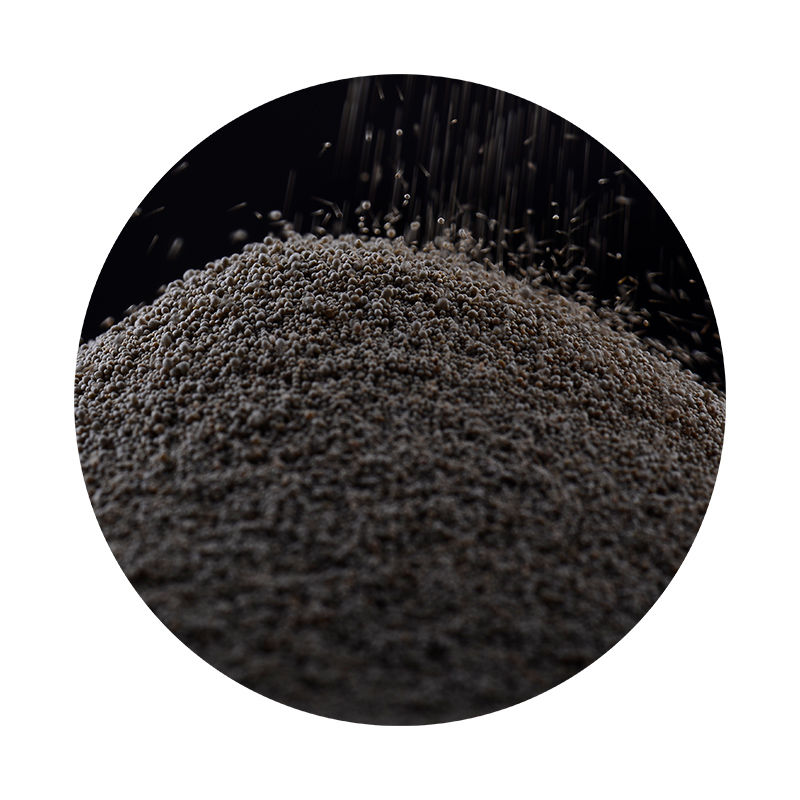Sand Casting Technology An Overview
Sand casting, also known as sand molded casting, is one of the oldest and most widely used casting processes in the manufacturing industry. This versatile technique allows for the creation of intricate metal parts used in various applications ranging from automotive components to artistic sculptures. Its popularity can be attributed to its cost-effectiveness, flexibility, and ability to produce complex geometries.
Sand Casting Technology An Overview
Once the mold is prepared and the pattern removed, a cavity remains that mimics the exact shape of the desired part. The next step involves pouring molten metal into this cavity. The metal, which can be aluminum, iron, or other alloys, is heated until it reaches a liquid state and is then carefully poured into the mold. This step requires precision to avoid defects such as air pockets or inclusions that can compromise the integrity of the final product.
sand casting technology

After the metal has cooled and solidified, the mold is broken apart to reveal the cast metal part. Depending on the complexity of the part and the type of sand used, additional finishing processes may be required. These can include machining, grinding, and surface treatment to achieve the desired surface finish and dimensional accuracy.
One of the key advantages of sand casting is its adaptability to various production volumes. It is efficient for both low- and high-volume production, making it ideal for industries that require customized parts. Additionally, the process allows for the use of a diverse range of metals and alloys, which expands its applicability.
However, sand casting is not without its challenges. The quality of the castings can be affected by factors such as the sand quality, the moisture content, and the skill of the operators. Furthermore, while sand casting can produce complex shapes, it is not always the most suitable method for achieving very fine details or high tolerances.
In conclusion, sand casting technology remains a vital technique in the manufacturing sector. Its ability to produce complex shapes and accommodate a variety of metals continues to make it a preferred choice for many industries. As advancements in materials and techniques emerge, sand casting is likely to evolve further, enhancing its role in modern manufacturing. Whether for large-scale production or bespoke pieces, sand casting remains a fundamental process that exemplifies the fusion of tradition and innovation in engineering.
Post time:ก.ย. . 14, 2024 12:33
Next:iron sand casting process
